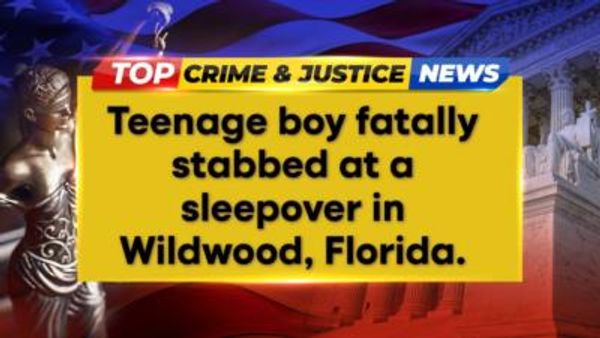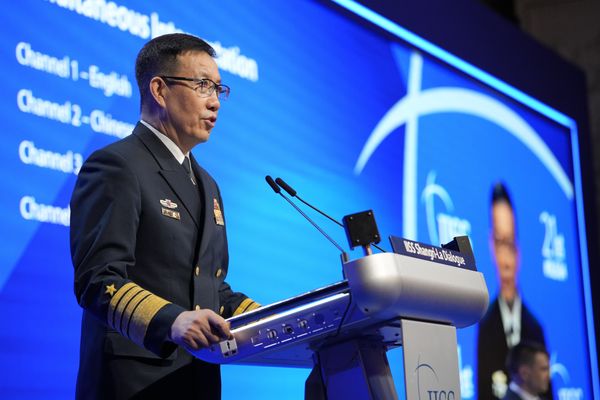
The cost of building new clean energy transmission infrastructure could be 40 per cent higher than what originally estimated, the Australian Energy Market Operator has warned.
The potential blow-out, detailed in a consultation paper, adds to concerns about rising consumer costs during the transition to a clean energy economy.
Supply chain shortages affecting the delivery of materials and equipment are cited as the main cost pressure on new infrastructure.
"...supply chain pressures are resulting in up to 40 per cent increase in capital expenditures and that several stakeholders believed the increase in costs may cause damaging delays to transmission projects," the March 2023 paper says.
The cost pressures are in addition to an expected national shortfall of 248,000 infrastructure-related labour roles in 2023.
"This projected skills shortage will likely be exacerbated by competition between states and regions," the paper says.
The combined impact could threaten the delivery of the five NSW Renewable Energy Zones, which are essential to compensate for the loss of coal-fired base load power generation.
The Hunter-Central Coast REZ will involve the construction of thousands of kilometres of new transmission infrastructure within the next decade to connect dozens of new clean energy projects to the electricity grid.
Some key parts of the project, such as the Waratah Super Battery at Munmorah, are already underway. However, the bulk of the project is yet to begin.

In addition, new infrastructure will be needed for potential upgrades around Newcastle to support the decarbonisation of existing industries,such as Tomago Aluminium.
EnergyCo is expected to release a final Network Infrastructure Strategy for the zone before the end of the year.
AEMO chief executive Daniel Westerman said timely investment in the grid was needed as Australia ended its traditional dependency on coal-fired generation and faced delays on major projects including Snowy Hydro's Hunter Power Project at Kurri.
A Senate Estimates hearing was told in February that the Hunter Power Project at Kurri would not be fully operational until December 2024, more than 18 months after the closure of Liddell Power Station.
Snowy Hydro's chief executive Dennis Barnes told the hearing that the $600 million project had been hit by construction delays due to bad weather. There was no guarantee that costs and timelines would not blow out further, he said.
To see more stories and read today's paper download the Newcastle Herald news app here.







